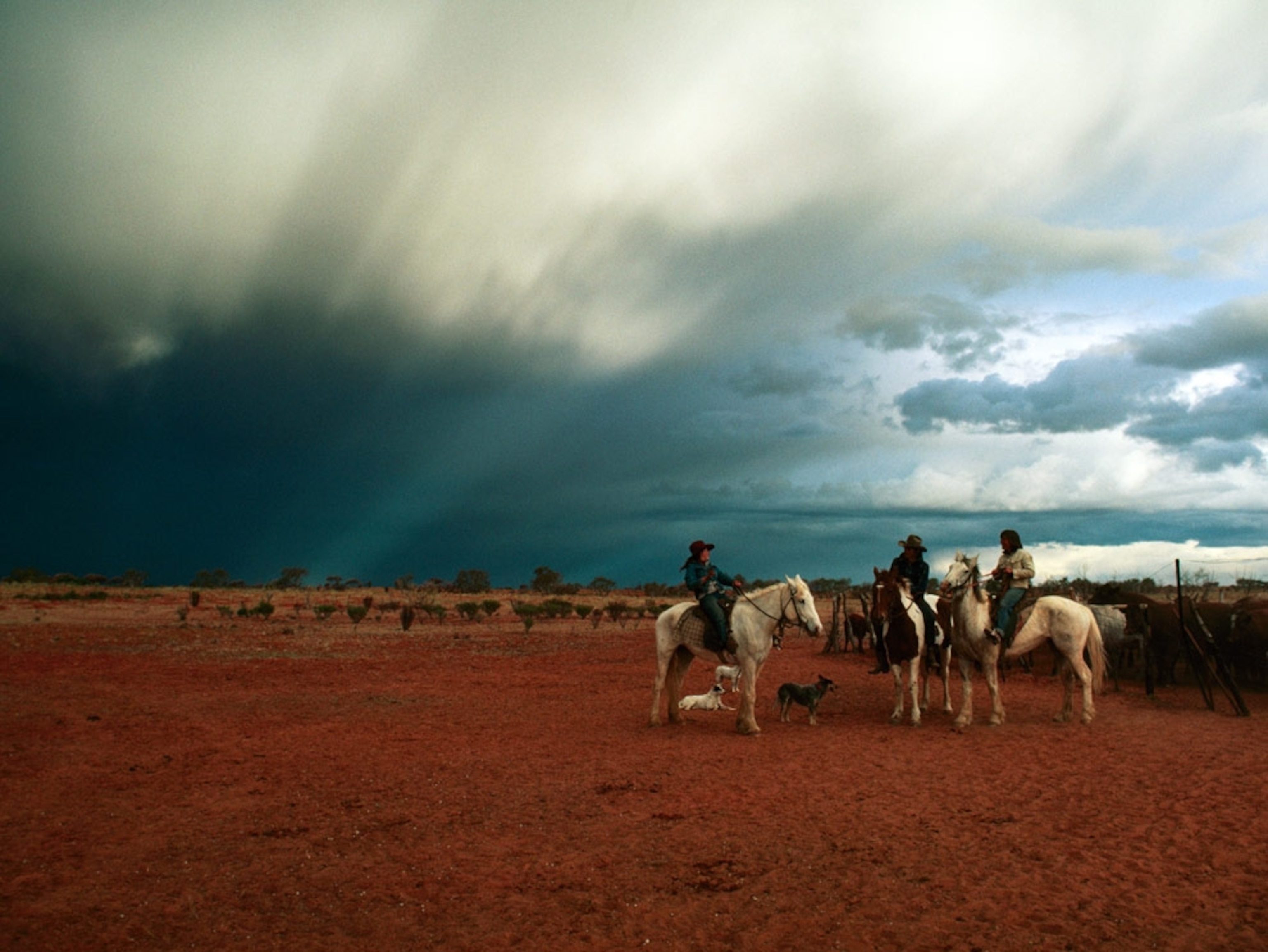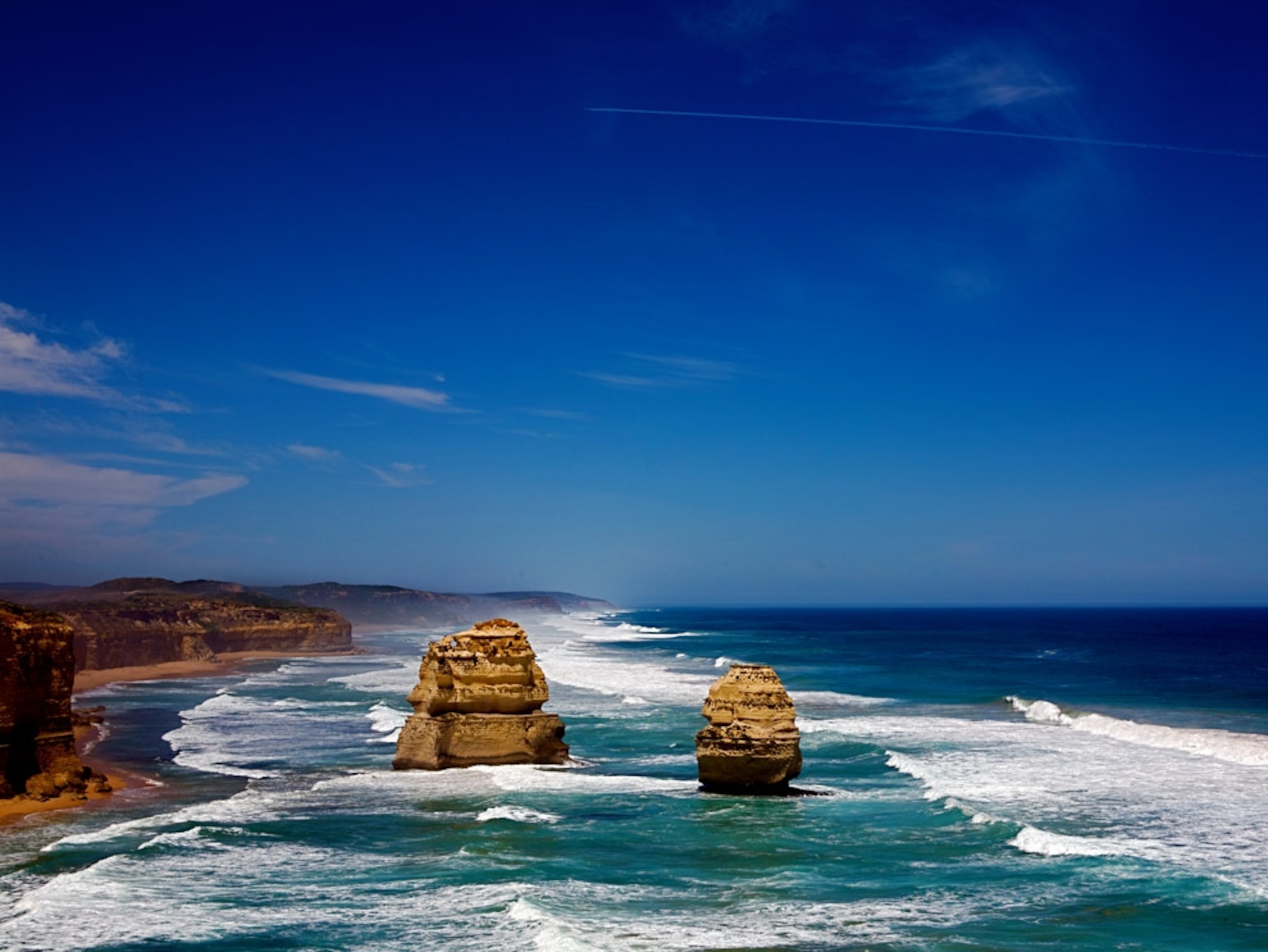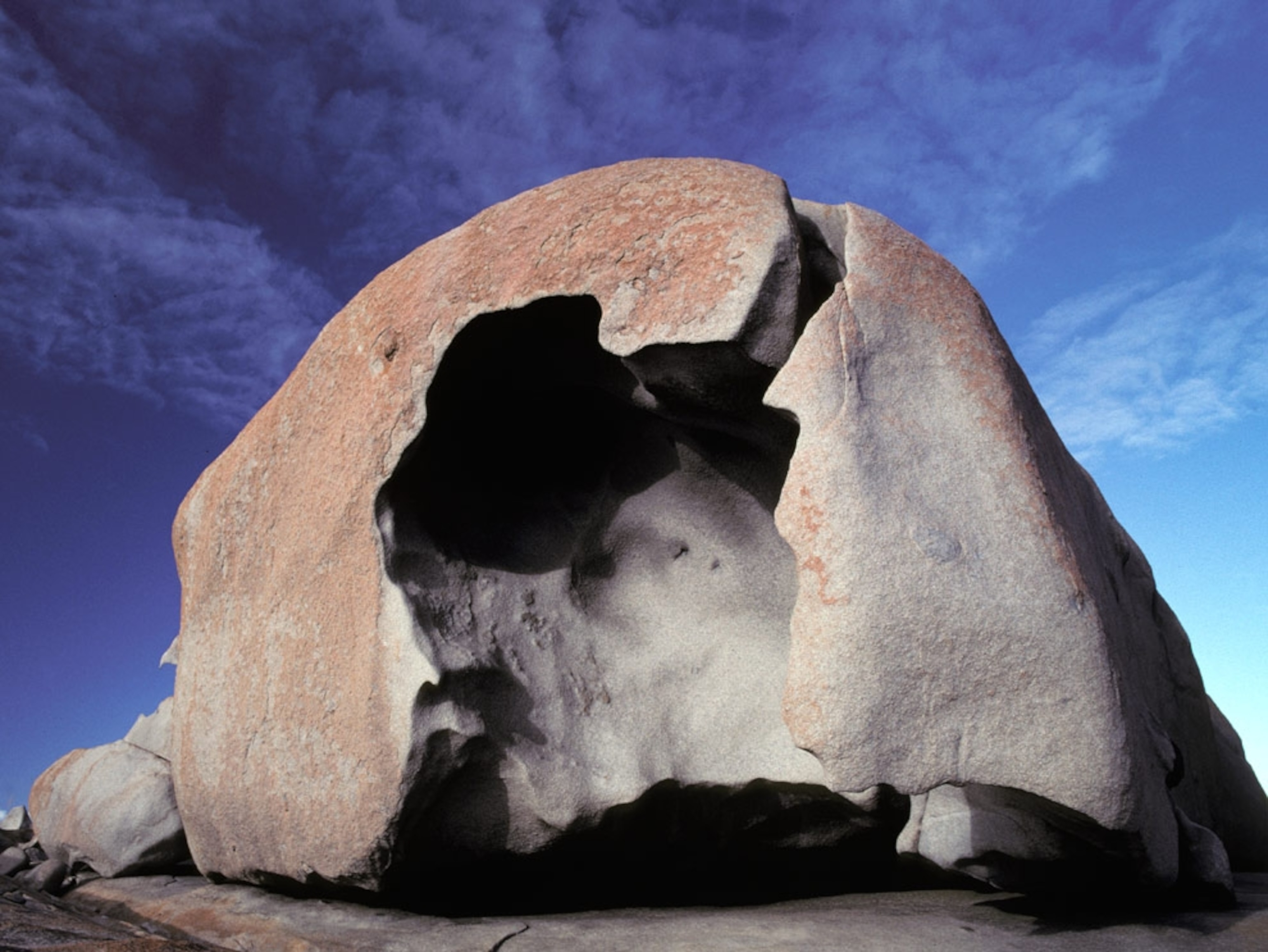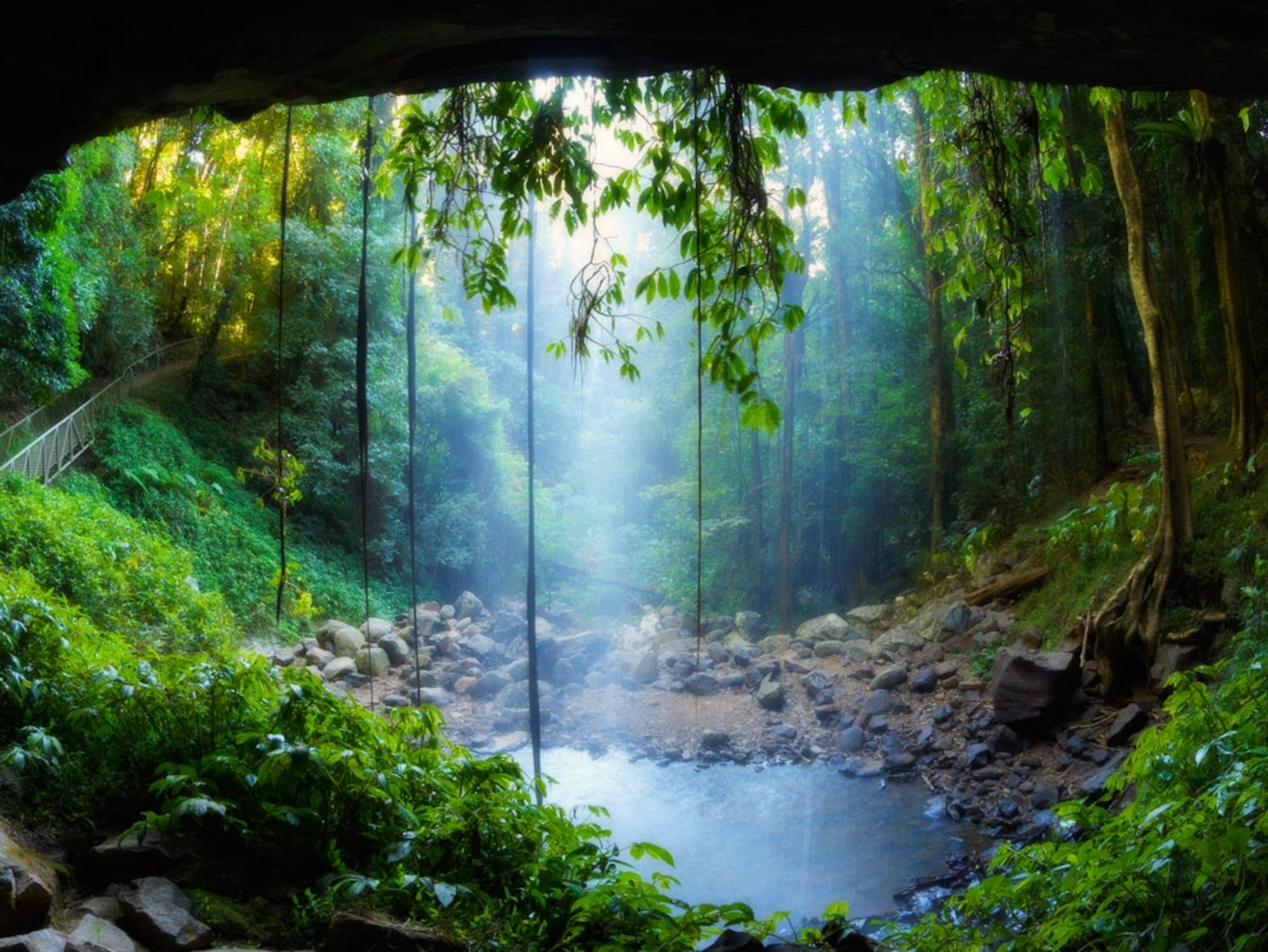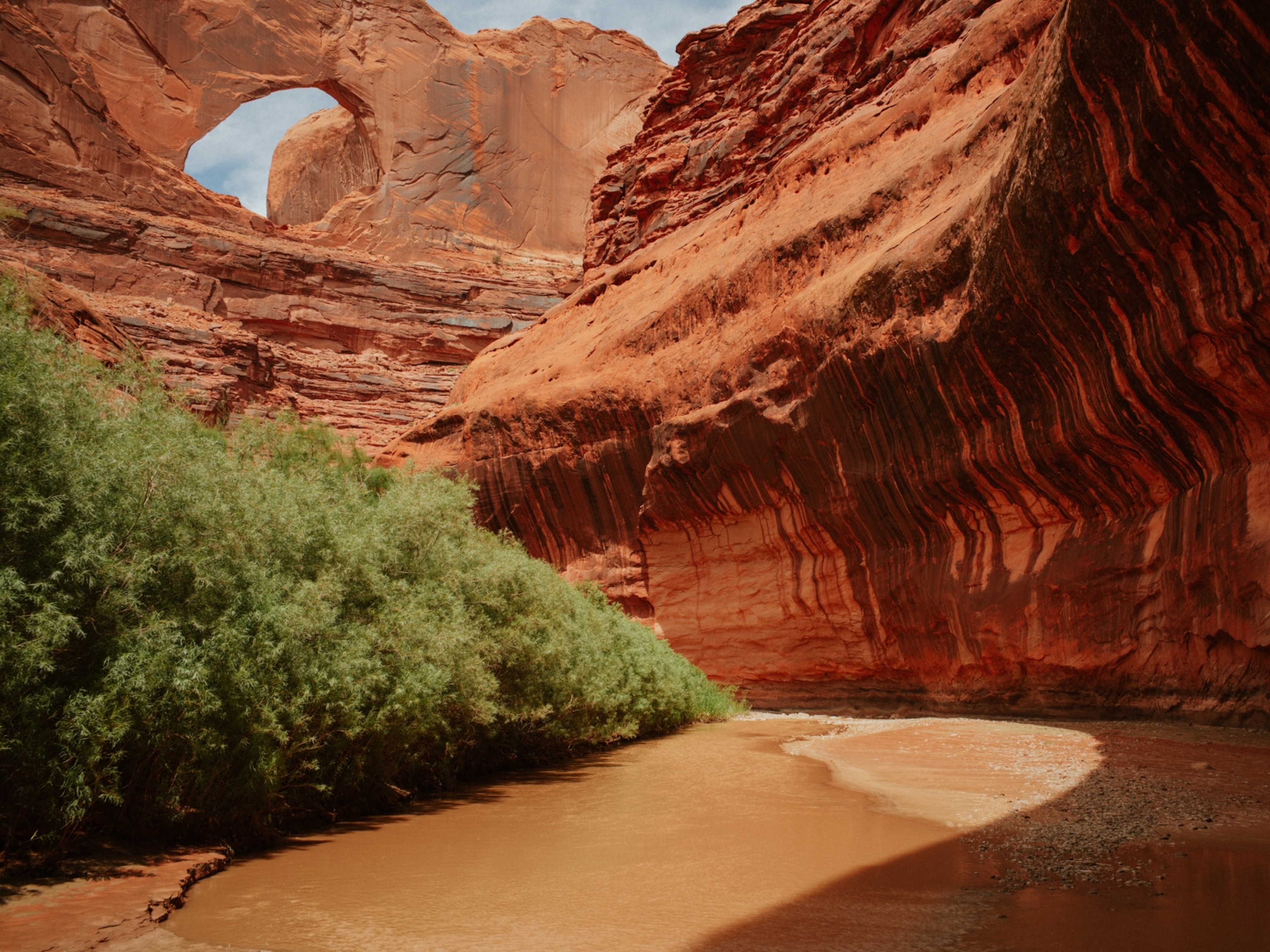
Dazzling Light Display Illuminates Australia's Iconic Rock
See Uluru in a whole new light this year.
Imagine Uluru, one of the world’s most iconic rock formations, in all its orange-red glory. Now imagine that same majestic, ancient rock silhouetted against the light of more than 50,000 slender stems that glow purple, soft orange, and cotton candy pink as dusk deepens in the Australian outback.
That’s pretty much what you’ll experience at the “Field of Light Uluru” installation, open to the public until March 31, 2018.
Located on the grounds of the Ayers Rock Resort in the Northern Territory, this remarkable exhibition from artist Bruce Munro has already drawn some 120,000 visitors since it opened in 2016. The spectacle is especially dramatic as the sun sets behind Uluru (also known as Ayers Rock), a sacred mountain to local Aboriginal people.
“I saw in my mind a landscape of illuminated stems that, like dormant seeds in a dry desert, quietly wait until darkness falls, under a blazing blanket of southern stars, to bloom with gentle rhythms of light,” the British-born Munro said of his work.
The installation, named Tili Wiru Tjuta Nyakutjaku (“looking at lots of beautiful lights”) in the local Pitjantjatjara language, features more than 50,000 stems topped with frosted-glass spheres over an area the size of four soccer fields. Pathways draw visitors inside the installation, as if they’re walking in a magical garden of light. It’s illuminated entirely with solar power and uses more than 236 miles of optical fiber that will be recycled for use in other installations.
The Ayers Rock Resort offers several packages for viewing “Field of Light Uluru.” The basic Field of Light Pass (AU$39) includes transportation to the remote site and time to experience the artwork. Other packages include guided tours, canapes, sparkling wine, and even a camel ride.
Can’t make it to the outback in person? You can now explore Uluru on Google Street View.
- National Geographic Expeditions



